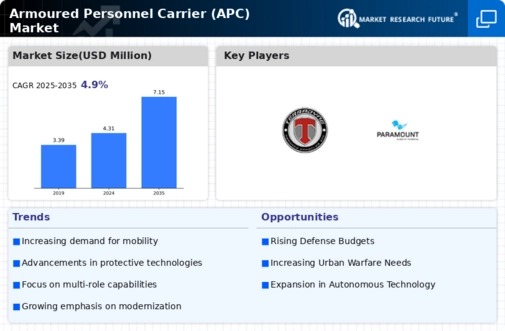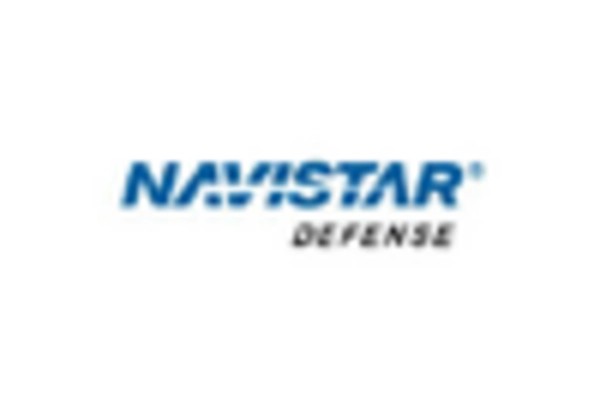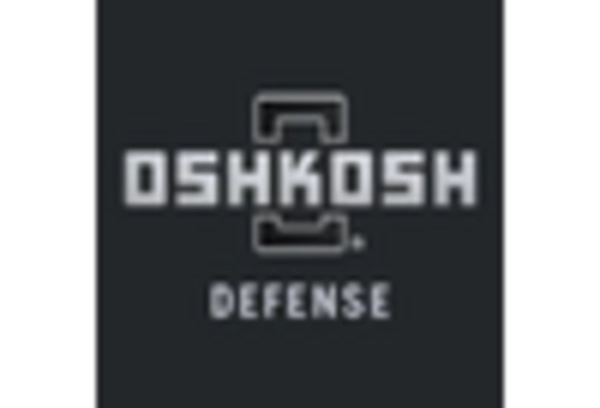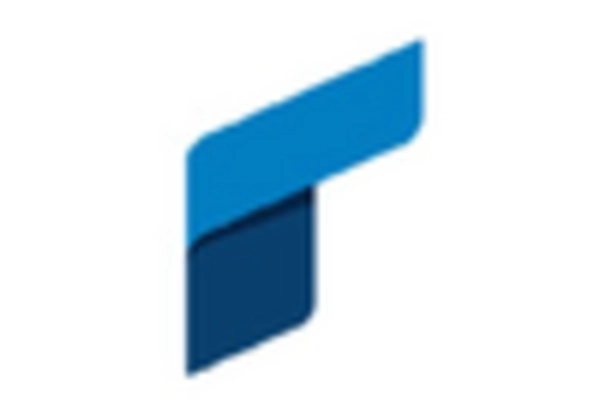Market Trends
Key Emerging Trends in the Armoured Personnel Carrier Market
Armoured Personnel Carriers (APC) are in high demand, with each company trying to position its market share favorably against its rivals. Technological innovation is a vital strategy for differentiation. For instance, incorporating state-of-the-art communication systems, cutting-edge armor materials, and autonomous capabilities can make an APC unique while offering superior technologies. This way, manufacturers attract military buyers looking for improved performance and protection. Besides helping them secure contracts, this helps the companies to be recognized as being at the forefront of technological advancements within the APC market.
Another key measure taken by organizations to capture significant market shares of their products is by implementing cost leadership strategies. Manufacturers strive to present cost-effective solutions that do not compromise quality which would be preferred by defense establishments on tight budgets. Competitive pricing can be facilitated through the optimization of production processes, efficient sourcing of materials as well as achieving economies of scale leading to lowly priced armored personnel carriers (APCs). In some regions where budget constraints are an issue in procurement decisions; it is a very relevant strategy for companies to undertake. Becoming a cost leader increases both market share and customer base.
Market share positioning can also be influenced through strategic alliances and partnerships. Often , firms work with local producers or enter into international agreements so as to increase their markets reach . Through joining forces with entities having complementary strengths or those that have regional competences; corporations may access emerging markets, distribution networks and customer bases thus promoting these business associations help in enhancing capabilities while expanding presence making it more diversified.. These alliances enhance not only the company’s capability but also contribute to diversity in terms of a wider coverage hence they improve on their respective market shares
In the case of APCs’ industry there is a need for focusing on customers so as to gain considerable market power among other competitors. Manufacturers must understand what their defense customers require when developing their products. Market expansion can be achieved through offering customization options like modular designs and comprehensive solutions to different military forces. Additionally, establishing strong relationships by providing effective after-sales support, maintenance services, and training programs can enhance the company’s market position.
Companies increase their market shares by targeting new geographical regions through global market expansion. This entails entering into untapped markets or going to new geographical regions. Therefore, manufacturers consider geopolitical environment such as defense priorities changes and emerging security issues in specific areas when developing product lines for militants there. By so doing, companies can position themselves as global players who are now interested in taking advantage of opportunities from diverse economic setups thus positioning themselves for greater share on the global front.
Continuous product development and upgrades form an important aspect of maintaining a competitive market share. Manufacturers need to be ahead of the technological advances and emerging threats that characterize this dynamic defence industry. Regular updates and improvements on APC models ensure that they remain relevant and capable of meeting customers’ ever-changing needs. Such organizations adopt measures such as investments in research and development (R&D) initiatives coupled with constant introduction of either new features or performance enhancements; all these efforts serve to make them innovation champions who can easily attract customers focused on getting advanced armored solutions.
Besides, marketing strategies are also used to determine market share dynamics of a company within the sector where it operates. Defense industry is one area where building a strong reputable brand inspires confidence among consumers hence influencing their procurement decisions too . To make them more visible or change perceptions about those brands one could opt for effective marketing strategies ,participation in defense exhibitions ,and showcasing successful deployments using APCs . It is easy for companies that have positioned themselves as trusted suppliers whom buyers can rely on always get large volumes of sales than those merely competing based on prices alone.”

















Leave a Comment